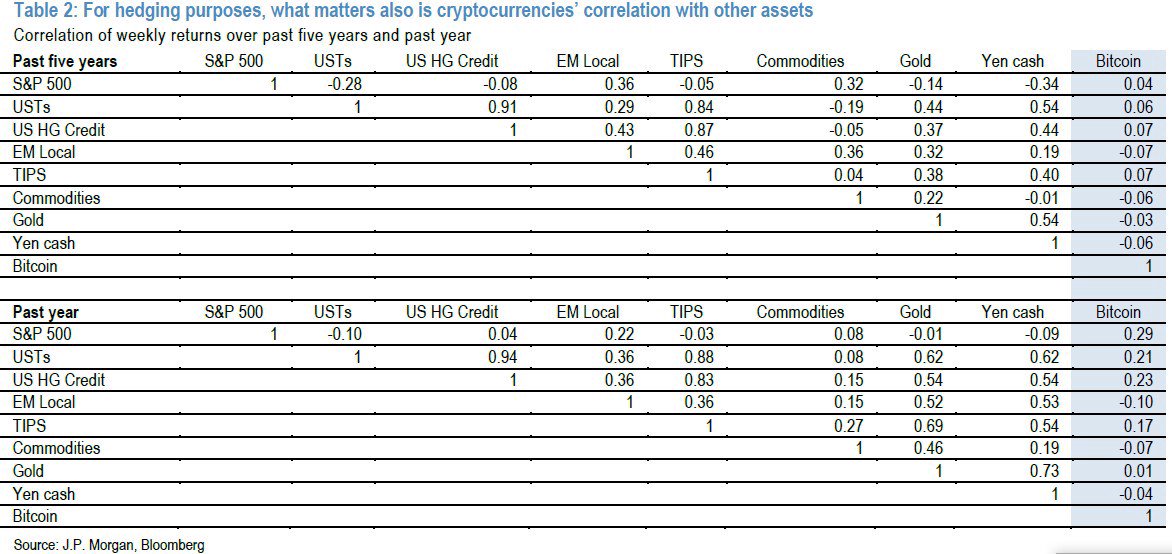Falling yields result in asset-liability mismatches for investors, which in turn drives investors to increase their risk exposure to maintain expected returns.
Furthermore, investor demand for marginally higher- yielding products is generally satisfied by the market, which finds innovative ways to package new higher-risk products.
At the height of the June 2007 credit compression, the difference between the yield of BB and BBB bonds fell to just 0.7% despite the fact that default rates are three times higher for BB according to S&P
This increased credit compression was subsequently followed by new equity highs in October 2007 before yields jumped and the equity market collapsed
Fast forward to November 2019 where the average between BBB and BB yields is now close to 0.8% and equities have once again reached new highs.
This would be fine for investors if BB credits were unlikely to deteriorate, but such an assumption is based on wishful thinking
Highly leveraged issuers will see their perceived credit quality deteriorate once profits start to fall, impacting their ability to pay back their debt. This will most likely cause yields to widen and equities to fall.
Actual profits and profit expectations have been falling since the end of February 2019, just as they were throughout 2007. Indeed, near term profit expectations remain negative for virtually all sectors with the exception of trade, transport, retail and entertainment
Moreover, consumers do not see a positive outlook ahead as they continue to deleverage and reduce their risk, while firms’ rate of investment in relation to their debt is also down, indicating they see fewer opportunities ahead for decent returns
The negative outlook for profits matters because falling profits will impact the ability of highly leveraged firms to repay their debt. Furthermore, if profits continue to fall, this will most likely lead to a jump in defaults and an increase in credit risk, particularly BB
leveraged loans – particularly issued by private equity owned firms – are looking increasingly vulnerable to the slowdown in profits
Hence CLO investors may find that if the pool of loans has a greater concentration of private equity owned issuers, credit deterioration may start to accelerate, causing the value of the CLO tranches to fall, and potentially some of the lower rated tranches to default
Credit compression gives investors a false sense of security because it suggests that the risks of credit exposures have been conquered. This is clearly not the case for highly leveraged issuers and should be rather interpreted as a sign that the market is
about to spring into action — one that will not be positive for equities and high yield bonds




